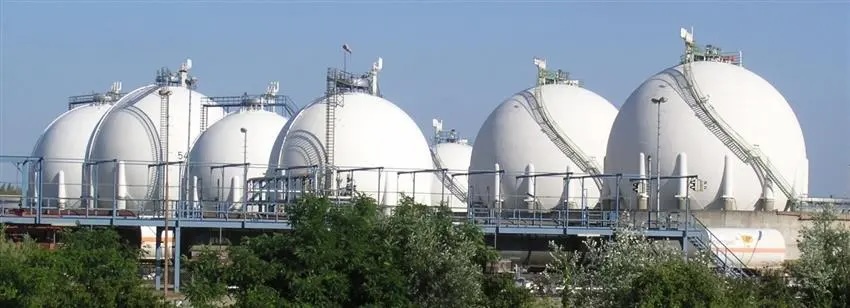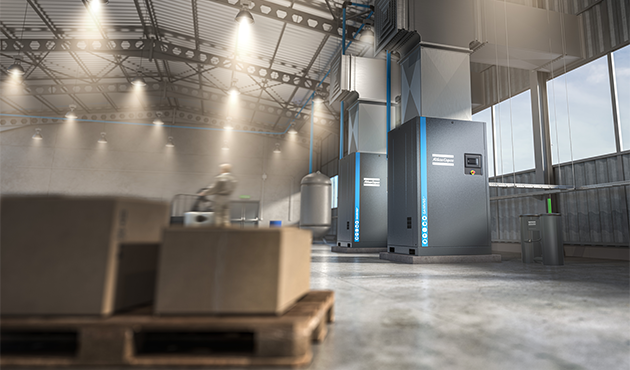Webcast presenters Ben Langstraat and Sam Fopma from Interstates answered additional questions about topics such as natural gas as a fuel source, battery back-up systems, and variable frequency drives (VFDs).
The "Power Distribution" webcast was presented live on Apr. 10, 2018, by Ben Langstraat, division manager, Interstates; and Sam Fopma, electrical engineer, Interstates. The webcast can be found here. They supplied written answers to some of those questions that weren’t addressed from the webcast attendees:
Question: Is there a variable frequency drive (VFD) available with integral line and load reactors that keep harmonics of the load and bus?
Answer: There are some manufacturers that make combination units and drives with harmonic mitigating features. Most often, line and load reactors are installed as a separate component than the VFD.
Q: Please explain the difference between prime, continuous, and standby units for cat units? Many units were used for extended hours not knowing the difference and causing many units to fail.
A: Backup is for emergency use only on systems where power is normally provided by a utility source.
Prime rated generators are designed to be the primary power source for the facility.
Continuous rated generators can supply a specific load for a long duration, but is not designed to handle variable or overload conditions like would be the case on a prime generator.
Q: How did the size of local diesel storage came into play? Were any lessons learned?
A: Fuel storage capacity should be considered as part of the backup power/recovery plan. Having on-site fuel storage will provide some flexibility in the recovery effort, but fuel management remains an important part of recovery planning.
Q: Would you say natural gas is a reliable fuel source for emergency generators?
A: Natural gas can certainly be a viable fuel source, but the reliability of the fuel delivery system must be considered in the overall design. For example, if system pressure requires an on-site gas compressor to power the generator then an auxiliary power system will be required to power the compressor so the main generator can start.
Q: Any thoughts about the feasibility of constructing underground distribution systems after disasters?
A: Underground distribution should be considered for system design. In the cases of hurricanes or tornadoes it certainly provides an additional level of protection against flying debris.
Q: Any thoughts about a greater use of battery back-up systems?
A: Battery systems can aid in ride-through of minor power failures or power quality issues, but the duration of the outage should be considered before relying on battery systems as the only backup power source.
Q: How did you manage to handle with peak load demands (if any)? If load demand exceed the generators capacity at some point would that cause a trip of the genset?
A: The facility operation was managed to stay within the rating of the generator. Overload condition would result in an overcurrent trip of the protection at the generator.
Q: Any thoughts about more usage of renewable energy source for more resiliency to storm events?
A: Renewable sources are options for power during recovery. However, the resiliency and capacity of the renewable sources should be considered within the overall backup plan. In a hurricane, for example, both wind and solar sources could have sustained damage that resulted in them being unusable during the recovery.
Q: Is it possible the generator tips due to inrush current from transformer down the line?
A: It is possible to cause tripping at the generator due to inrush and demand current from loads. The specific application should be reviewed with your generator vendor to determine if a larger unit is required to handle the inrush better.
Q: What are VFD cables? We have 300 hp VFD with line reactors built-in. We have hundred of VFDs from 50 to 400 hp.
A: VFD cables are shielded multi-conductor cables that are designed for use on circuits with drives. They are built to better withstand the harmonics present on those systems.



